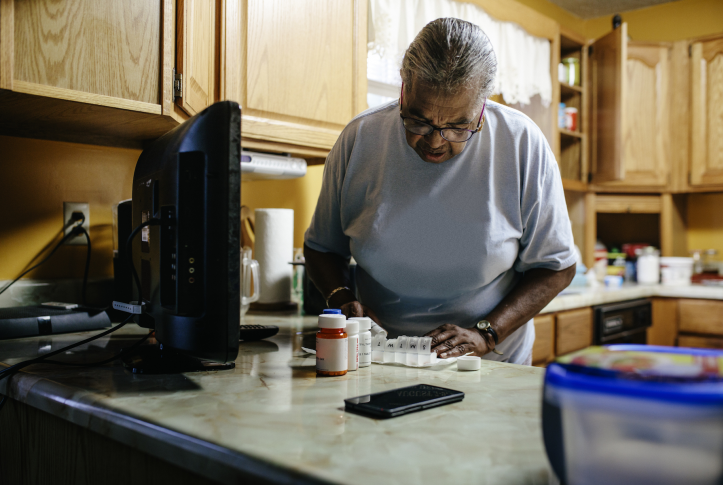What is an inflation-based rebate penalty?
Medicare lacks a mechanism for limiting price increases in Part B physician-administered drugs and Part D retail prescription drugs. Some policymakers have proposed an inflation-based penalty that would require drug manufacturers to pay a rebate to Medicare when a drug’s price rises faster than the consumer price index (CPI-U).1
How would Medicare determine the rebate penalty?
The rebate penalty a drug company would pay would equal the difference between a drug’s published price in a “base year” — the benchmark price — and the current price, multiplied by the volume of sales to Medicare. The published price can be one of the following:
- the average sales price (ASP), which represents the average discounted price paid in the commercial market
- the wholesale acquisition cost (WAC), a list price set by manufacturers for a prescription drug before any negotiations or discounting
- the average manufacturer price (AMP), which is paid for a drug distributed to retail pharmacies, either through wholesalers or through direct sales.
Two nearly identical proposals have been introduced in Congress to establish an inflation-based rebate penalty in Medicare Parts B and D. One was outlined in S. 2543, which was voted out of the Senate Finance Committee in 2019. The other is part of H.R. 3, which was reintroduced in the House of Representatives in 2021.
What’s the backstory?
Over the past 20 years, price increases for brand-name drugs in Medicare Part D have risen at more than twice the rate of inflation. In 2021, drug manufacturers increased prices an average of 4.2 percent on more than 900 brand-name drugs, a new record. Between 2018 and 2019, half of drugs covered by Part D plans had a price increase that exceeded inflation (which was 1.8%). Some increases were as large as 19.7 percent.
The Medicaid program has had an inflationary rebate in place since 1993. The rebate is calculated as the difference between a drug’s current-quarter AMP and its baseline AMP, adjusted to the CPI-U for the same period. The rebate policy has been successful in holding down costs, and Medicaid now pays the lowest prices of all federal health programs.
Over the past several years, the Medicare Payment Advisory Commission and the Department of Health and Human Services Office of the Inspector General suggested that a similar policy in Medicare could produce significant savings.
How would an inflation-based rebate penalty affect costs for Medicare beneficiaries?
When a drug’s price is increased, out-of-pocket costs for Medicare beneficiaries go up as well, since their cost sharing for brand-name drugs is based on the ASP for Part B–covered drugs and the WAC for Part D–covered drugs. An inflation-based rebate penalty policy would decrease costs for beneficiaries. The Congressional Budget Office (CBO) cost estimates, or scores, for H.R. 3 and S. 2543 indicated beneficiary savings of up to $10 billion over 10 years in the form of reduced premiums and cost sharing, including copayments and coinsurance. However, both CBO analyses contemplated that manufacturers might increase launch prices for new drugs to offset the new policy’s impact on their revenues.
How would it affect costs for private health insurance?
CBO’s analysis also assumed that the reduction in drug prices stemming from the proposed policy change would not increase costs for private health insurance, including employer health plans. CBO anticipates that drug prices in the commercial market would decrease and that employers would increase wages as a result. However, a recent Milliman study concluded that the policy could result in modest price increases in the commercial market.
How would it affect the federal budget?
An inflation-based rebate penalty in Medicare would lead to federal savings of $36 billion for H.R. 3 and $82 billion for S. 2543 over 10 years, according to CBO. These savings would include a reduction in spending for the Medicare program and a modest gain in tax revenues that would result from employers shifting insurance premium savings into taxable wage increases for their employees.
CBO also assumed a modest increase in Medicaid spending. Because state Medicaid programs already receives inflation-based rebates, smaller increases in overall drug prices could reduce the rebate amounts that states would otherwise receive, and those rebate losses would more than offset the pharmacy savings produced by lower prices.
